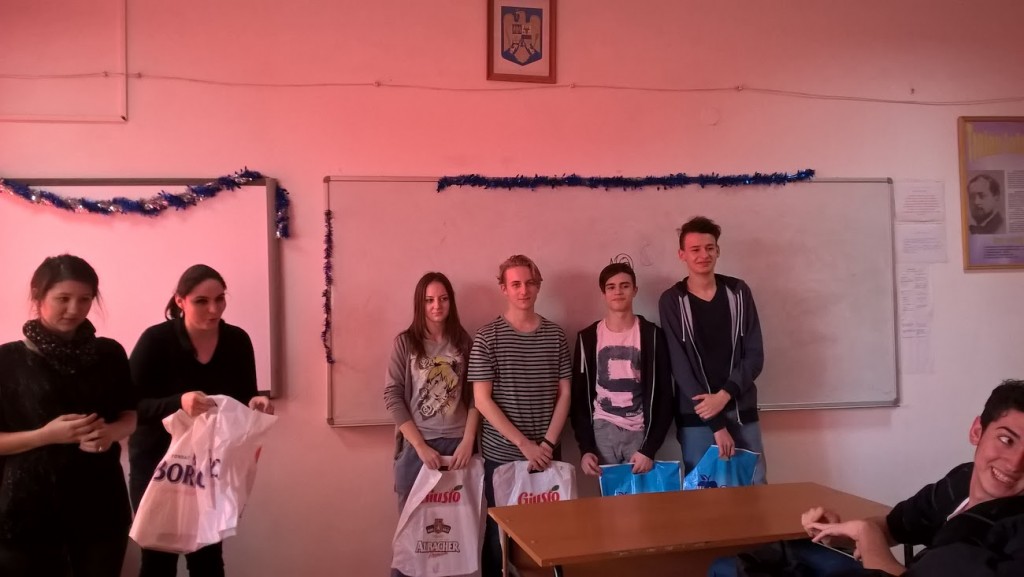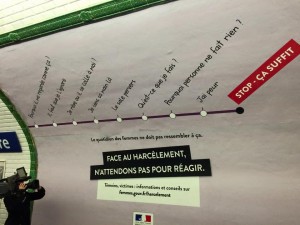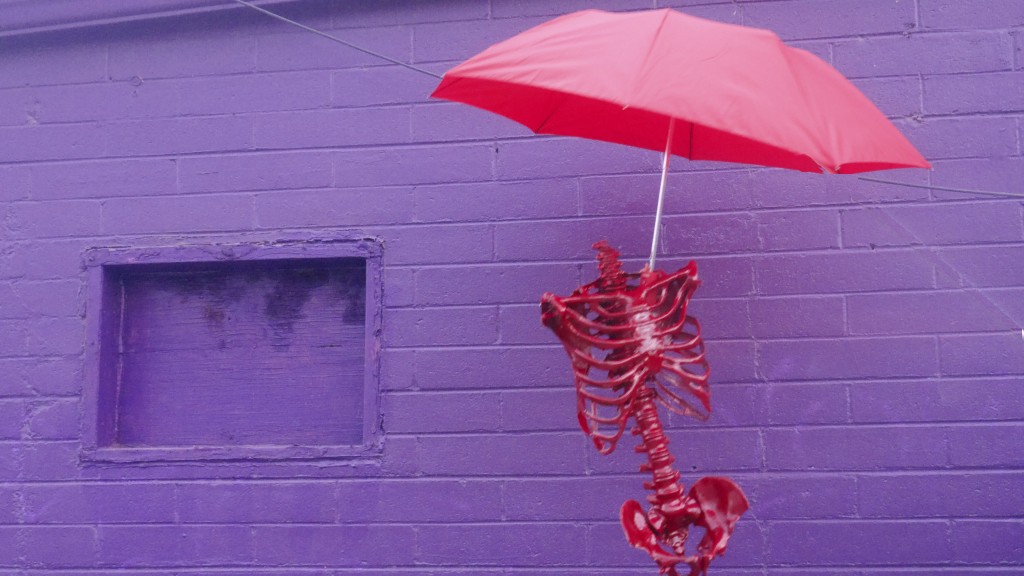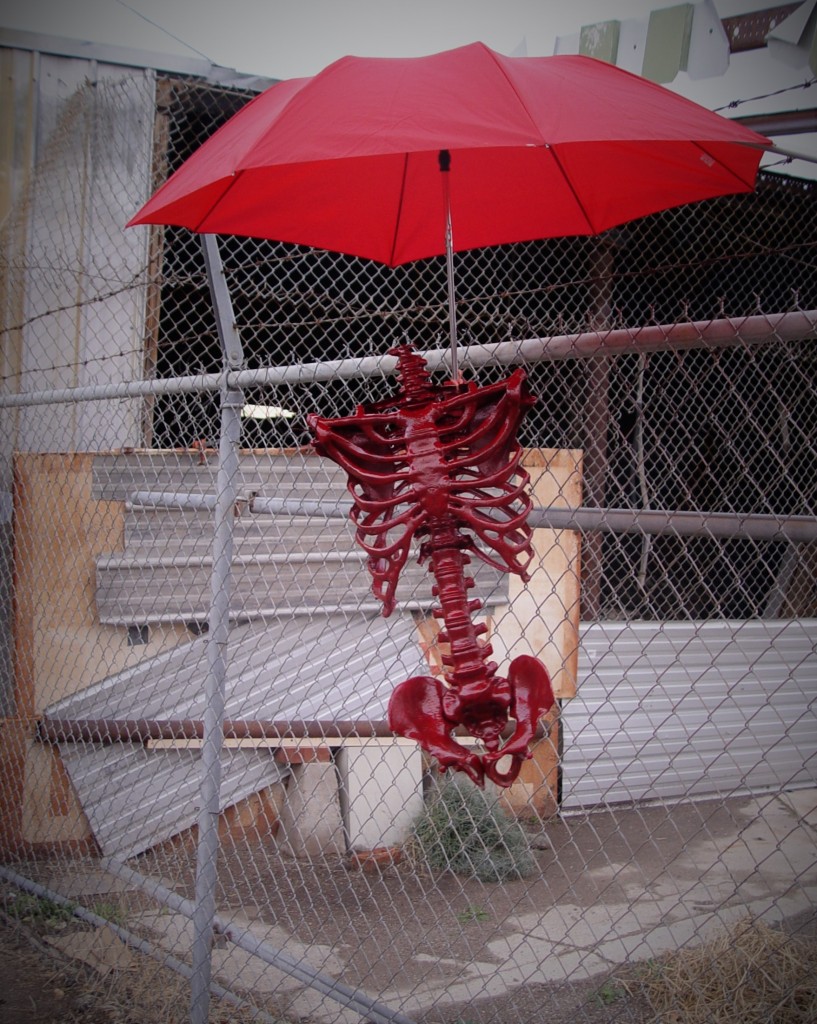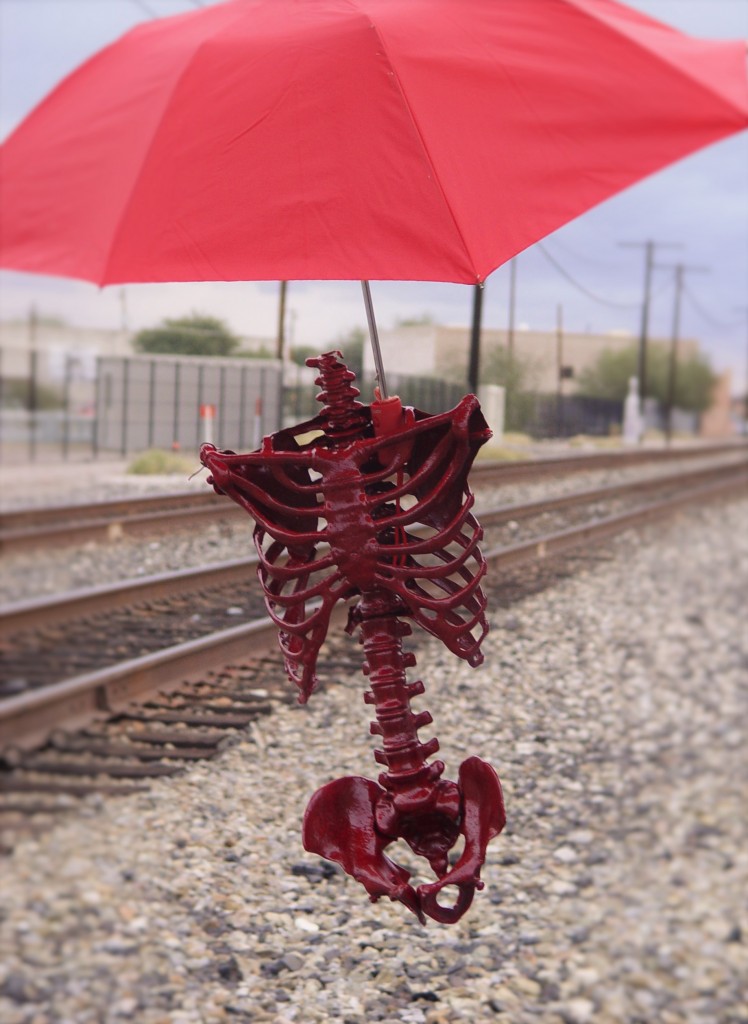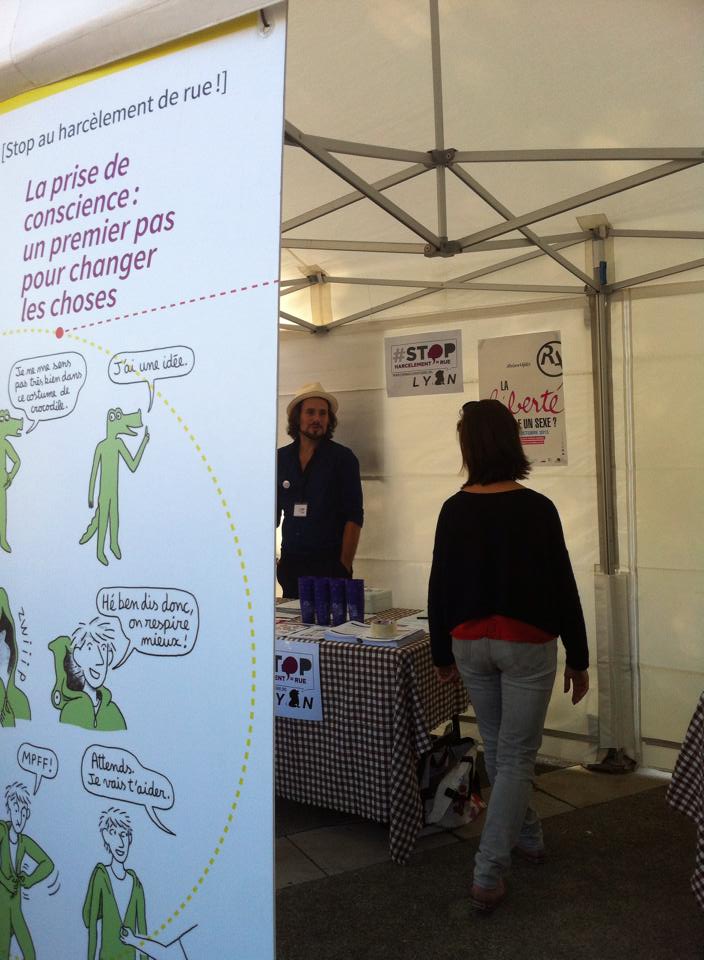This post is from our Safe Public Spaces Team in Bucharest, Romania. The SPSM projects are supported by SSH donors. If you would like to donate to support the 2016 mentees, we would greatly appreciate it!
Ta-naaa! We’ve completed the Mentoring Program and we are happy because it was a great experience for us, as activist and working in the NGO sector and for the high school students as well! Thanks to Stop Street Harassment Mentoring Program we had this amazing chance to meet teenagers girls and boys and to speak with them delicate subjects like violence and street harassment.
During the time between August and December 2015 FILIA Centre, a feminist NGO from Bucharest, Romania, implemented the project “High school girls and boys for a city without street harassment!” financed by Stop Street Harassment NGO.
We are Simona-Maria Chirciu, Stefania Vintila and Loredana Valcianu, members of the FILIA Centre and we gladly complete the Program Mentoring with great success and smiles. We’ve organized three workshops for 60 high school teenagers from the Technic College of Aeronautics “Henri Coanda” in Bucharest. We talked with the participants about discrimination, equal opportunities, violence against women, and street harassment and the activism against it all around the world. The principal from the high school and the female teacher who runs the department of Program and Projects of this institution and also some of the teachers were very open regarding the subject we wanted to address and regarding our project. We had their full support in implementing it and we are very grateful for this.
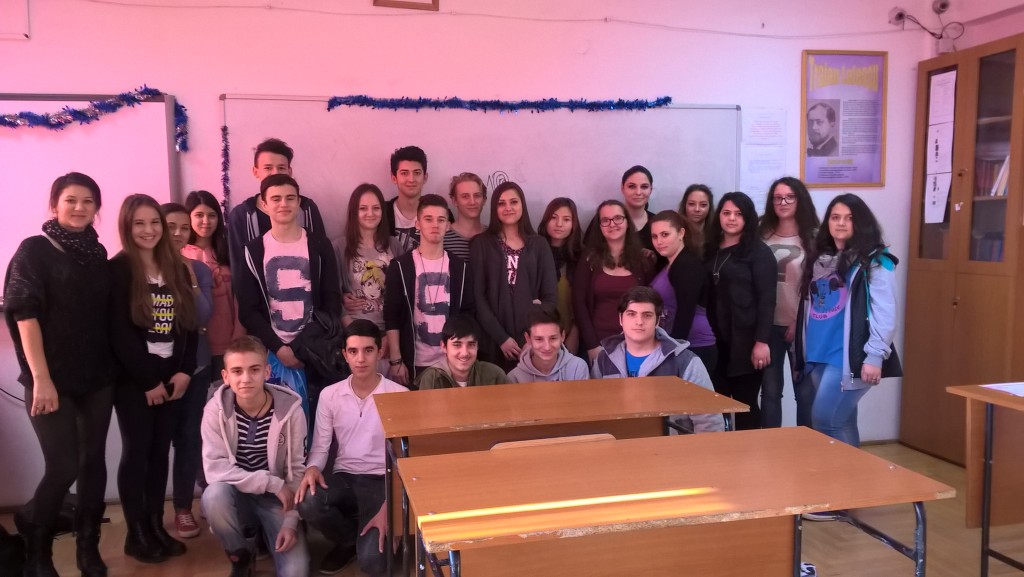 We encouraged the participants to get involved in the discussion by giving examples of discrimination, violence and harassment from their own experience or from the experience of their friends. They were interested by the subject mostly because we were talking about experiences that happened to them or to their loved ones too, experiences about nobody talks about. In Romania street harassment represents a taboo: nobody talks about it, many men deny it and some women barely if they have courage to complain about it to anyone who is not their friends.
We encouraged the participants to get involved in the discussion by giving examples of discrimination, violence and harassment from their own experience or from the experience of their friends. They were interested by the subject mostly because we were talking about experiences that happened to them or to their loved ones too, experiences about nobody talks about. In Romania street harassment represents a taboo: nobody talks about it, many men deny it and some women barely if they have courage to complain about it to anyone who is not their friends.
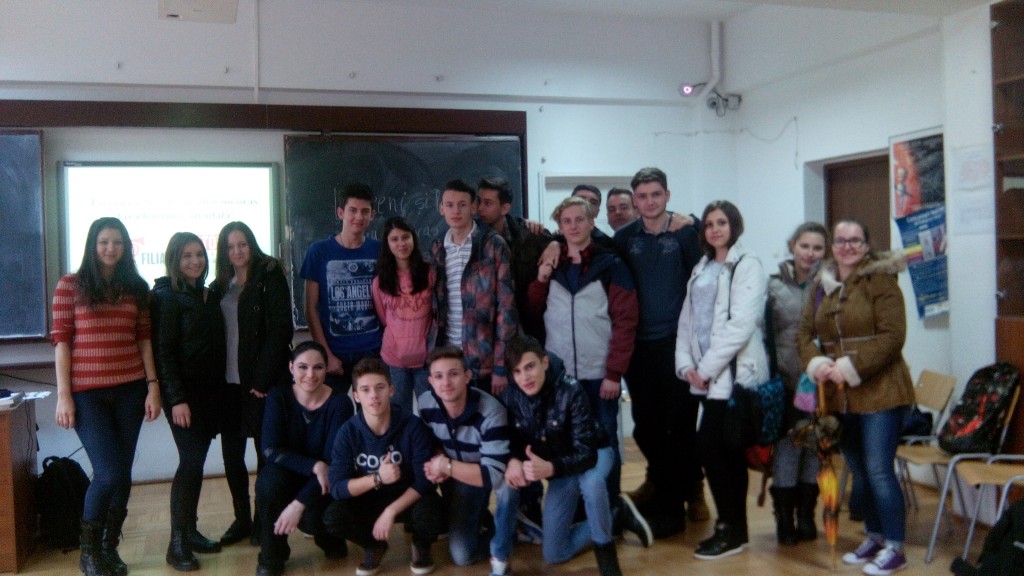 At the end of the workshops we organized a contest: the high school boys and girls could use any material to depict street harassment as a form of violence. We encouraged them to show a solution that in their opinion is suitable for the Romanian context in order to prevent or to end street harassment against women. The teenagers were very interested and did their best for this contest. They created videos, drawings, essays, and powerpoint presentations and a poster as well. Their perspectives were so interesting and the way they see equal access to the public space for men and women helps us to incorporate their experiences in everything that we organize on this subject in the future.
At the end of the workshops we organized a contest: the high school boys and girls could use any material to depict street harassment as a form of violence. We encouraged them to show a solution that in their opinion is suitable for the Romanian context in order to prevent or to end street harassment against women. The teenagers were very interested and did their best for this contest. They created videos, drawings, essays, and powerpoint presentations and a poster as well. Their perspectives were so interesting and the way they see equal access to the public space for men and women helps us to incorporate their experiences in everything that we organize on this subject in the future.
In the implementation of this project we had the support of our former volunteer Aila Veli and our colleague Mihaela Sasarman from Transcena Association, an NGO in Romania, who has many years of experience working on the issue of violence against women and specifically working with perpetrators.
The girls and boys who participated offered us a very, very positive feedback about our interaction with them, about the way we presented the subject and about the way we involved them in the process of defining the role each of us has to create a society free of harassment in public spaces. They asked us to return to their high school soon with workshops to talk about rape, teenager relations and other subjects from the same domain.
We are grateful for all the support from Holly and Stop Street Harassment! We, as a team evolved and learned so much. Indeed, working with teens on street harassment issue is challenging but so rewarding! We recommend this kind of experience to other activists on street harassment worldwide!
Simona-Maria Chirciu, Stefania Vintila and Loredana Valcianu are members of the FILIA Centre.

